In the digital landscape of 2025, virtualization continues to be a key technology for optimizing IT infrastructure, delivering significant advantages for both small and medium-sized enterprises (SMEs) and large corporations. It is no longer just a tech trend, but a true strategic asset for improving efficiency, reducing costs, and increasing operational flexibility.
What is Virtualization?
Virtualization involves creating virtual versions of physical resources—such as servers, operating systems, storage, and networks—allowing multiple environments or applications to run on a single physical machine. Through the use of hypervisors and virtual machines (VMs), organizations can maximize hardware capacity by intelligently and dynamically dividing resources.
Key Benefits for SMEs
For small and medium-sized businesses, often limited by tighter budgets and smaller IT teams, virtualization offers several strategic advantages:
- Reduced Hardware Costs
By virtualizing servers and desktops, SMEs can avoid purchasing numerous physical devices, cutting both initial investments and ongoing maintenance costs. - Simplified IT Management
Maintenance, updates, and overall management become easier and more centralized, enabling IT staff to work more efficiently. - Business Continuity and Disaster Recovery
Virtual systems can be backed up and restored quickly, increasing business resilience in the face of hardware failure or cyberattacks. - Easier Scalability
Adding new resources becomes fast and flexible: new VMs can be set up without changing physical hardware.
Benefits for Large Enterprises
Large companies, which manage complex and distributed IT environments, gain even more sophisticated benefits from virtualization:
- Infrastructure Optimization
Consolidating hundreds of physical servers into fewer virtualized hosts saves energy and physical space, reducing both operational costs and environmental impact. - Automation and Orchestration
Integration with automated management platforms allows for the orchestration of complex processes, improving productivity and reducing human error. - Support for Hybrid Work Models
Virtual Desktop Infrastructure (VDI) solutions enable employees to securely access their workstations from anywhere, supporting remote and flexible work environments. - Enhanced Security
The isolation of virtual machines helps contain threats, preventing a single security incident from affecting the entire system.
Virtualization and Sustainability
In an era where sustainability is central to business strategies, virtualization stands out as an eco-friendly solution. Less physical hardware means lower energy consumption, reduced electronic waste, and more efficient resource management.
Conclusion
Whether it’s a small business or a multinational corporation, virtualization is now an essential technology to meet the challenges of innovation and operational efficiency. By adopting a virtualized infrastructure, companies invest in flexibility, security, and competitiveness, preparing themselves for a digitally-driven future.







